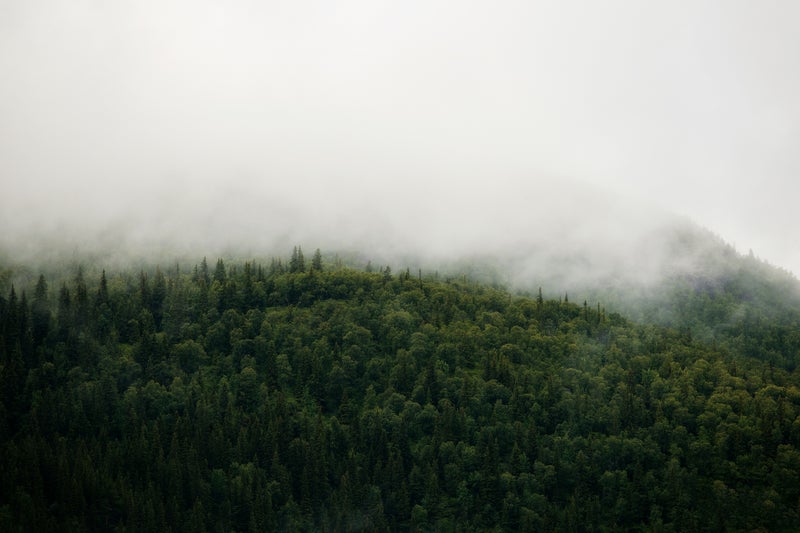How Britain was struck by FIVE tsunamis in history including ‘catastrophic’ 70ft wall of water caused by rockslide
Share:
BRITAIN isn't known as a tsunami hotspot – but it's been struck by giant and terrifying waves. The biggest that we know of saw a wall of water 70 feet high crashing into Britain's shores. Some tsunamis may have hit the UK but simply haven't been discovered or confirmed yet.
![[Map of five tsunamis that hit the UK.]](https://www.thesun.co.uk/wp-content/uploads/2025/01/DD-MAP-09-01-uk-tsunami-sites_a6fced.jpg?strip=all&w=811)
But there's good evidence to suggest our island has faced some truly enormous waves. The biggest and most iconic of Britain's confirmed tsunamis made land roughly 8,000 years ago. It took place in Scotland around 6100 BC, hitting the east coast and some of the Shetland Islands.
![[Map of the Storegga Slides, showing the location of the three submarine landslides off the coast of Norway.]](https://www.thesun.co.uk/wp-content/uploads/2025/01/amongst-largest-known-submarine-landslides-962636955.jpg?strip=all&w=687)
Scientists believe that the wave may have reached heights of around 70 feet. It was caused by the Storegga slide, a massive underwater landslide at the edge of Norway's continental shelf. There were three such slides, moving thousands of cubic miles of debris.
![[Painting depicting the aftermath of the 1755 Lisbon earthquake.]](https://www.thesun.co.uk/wp-content/uploads/2025/01/NINTCHDBPICT000962636949.jpg?strip=all&w=960)
It affected around 370 miles of Scotland's coastline, with water reaching as far as 18 miles inland. Experts think that it would've damaged or destroyed several seafronts if it happened today, including places like Aberdeen and Inverness. It's also been described as causing "catastrophic flooding" by scientists.
![[A massive tsunami wave about to crash over a coastal walkway.]](https://www.thesun.co.uk/wp-content/uploads/2025/01/tsunami-waves-191537240.jpg?strip=all&w=960)
This would've included on Doggerland, a low-lying area on England's east coast that once connected our island to Denmark and the Netherlands. A smaller tsunami struck the UK's Cornish coast on November 1, 1755. The 10-foot tsunami made land at around 2pm, after travelling four hours from its source.
![[Tsunami waves and unusual tides in a river estuary.]](https://www.thesun.co.uk/wp-content/uploads/2025/01/200-miles-sea-caused-series-5328804.jpg?strip=all&w=960)






















